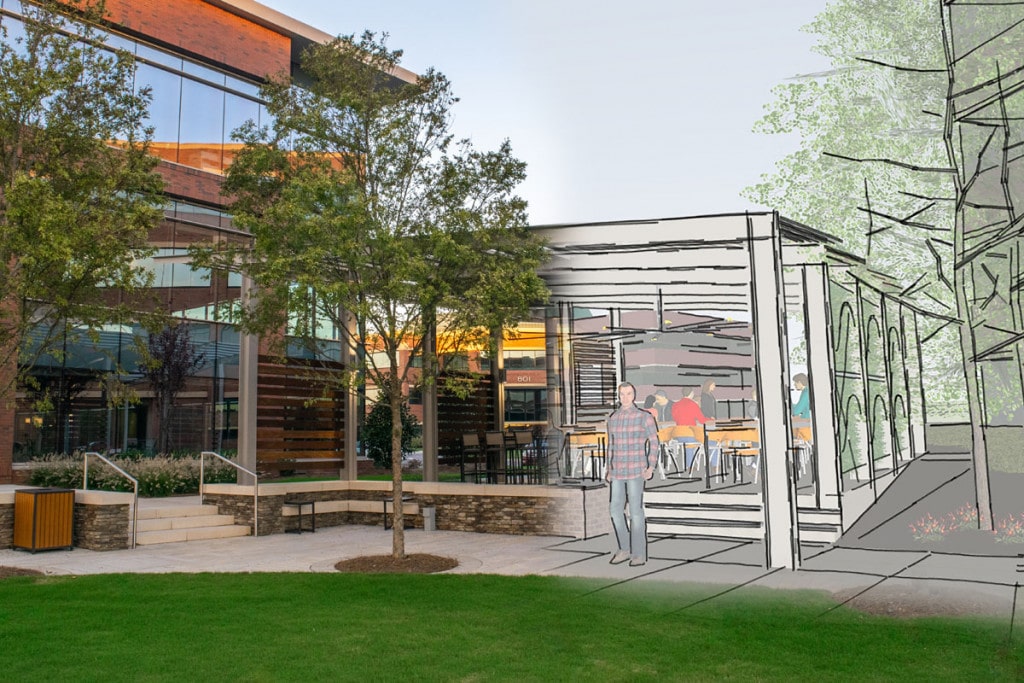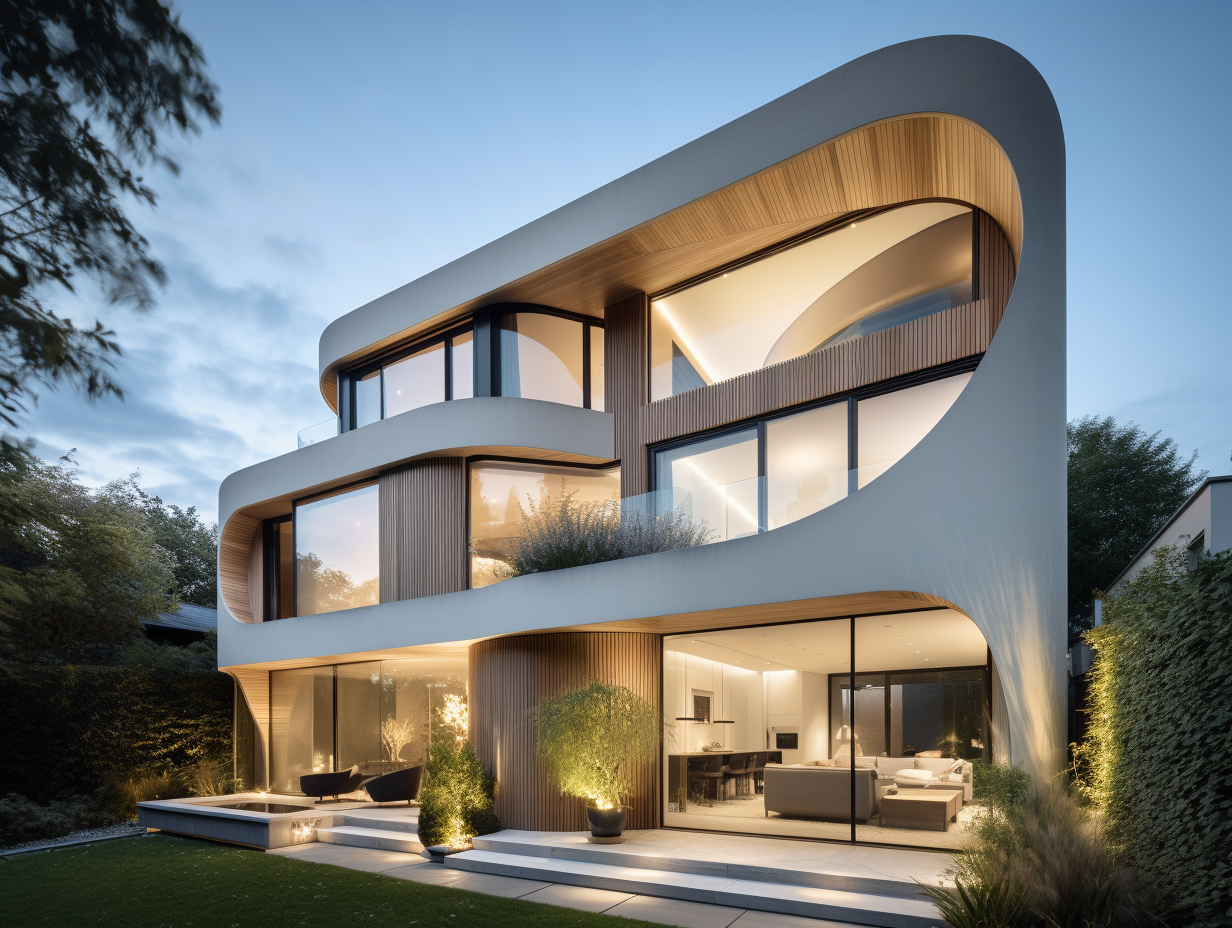How CDA Architects Include Eco-Friendly Practices in Architectural Projects
How CDA Architects Include Eco-Friendly Practices in Architectural Projects
Blog Article
The Necessary Role of a Designer fit Sustainable Urban Atmospheres for Future Generations
The role of an engineer in crafting lasting urban settings is increasingly crucial in replying to the challenges of environment adjustment and urbanization. By effortlessly incorporating eco-friendly concepts right into their styles, designers not just improve the aesthetic and functional top quality of urban areas but likewise address pushing concerns such as power performance and social equity. Their know-how in innovative materials and area involvement shapes advancements that reverberate with neighborhood worths and ambitions. However, as we explore the complexities of this area even more, it comes to be noticeable that the future of city living might hinge on the very methods engineers use today.
Recognizing Lasting Urban Design
Lasting metropolitan style incorporates environmental concepts with urban planning to produce settings that are not just habitable but additionally resilient. This technique stresses the importance of integrating all-natural systems right into the city fabric, making sure that advancement satisfies the requirements of the here and now without jeopardizing the capability of future generations to satisfy their own needs. Crucial element of sustainable metropolitan style consist of effective land usage, the promotion of biodiversity, and the assimilation of eco-friendly spaces, all of which add to improved lifestyle for locals.
Additionally, lasting city design focuses on the decrease of the urban warm island result, improved air quality, and efficient stormwater management. It encourages making use of renewable energies and energy-efficient structure methods, which considerably reduced carbon impacts. Lasting urban design cultivates social equity by producing obtainable public areas and promoting mixed-use growths that cater to diverse populaces.
With thoughtful planning and innovative design strategies, lasting metropolitan environments can boost community resilience versus environment change while fostering financial advancement. This all natural approach not only addresses instant metropolitan obstacles but additionally prepares for much healthier, more sustainable cities for generations to come.
Trick Duties of Engineers
Designers play an essential function in forming sustainable metropolitan environments by converting layout concepts into concrete structures and spaces. Their obligations incorporate a large range of tasks that add to the overall success of city design jobs.
Most importantly, architects carry out thorough site analyses to recognize the ecological, social, and social context of their tasks. This foundational understanding educates their design choices, making sure that structures balance with their surroundings. They also participate in collaborative procedures with stakeholders, including city planners, engineers, and the area, cultivating a comprehensive method to metropolitan development.
In addition, architects are tasked with developing designs that maximize power performance, source conservation, and functionality. They have to comply with regional zoning legislations, building codes, and sustainability accreditations, making sure conformity while pressing the limits of innovation.
In addition, architects are accountable for managing the design process, collaborating with different experts throughout the building and construction phase to guarantee that the vision is recognized properly (cda architects). Eventually, their duty is not entirely regarding aesthetic appeals; it has to do with developing resilient, flexible areas that enhance the quality of life for current and future generations, preparing for sustainable urban living
Ingenious Products and Techniques

Additionally, innovations in modern technology have resulted in the development of high-performance products, such as protected concrete kinds (ICFs) and photovoltaic glass, which add to energy conservation and harness eco-friendly energy. Methods such as passive solar design and eco-friendly roofs better exhibit how architecture can integrate with natural systems, decreasing reliance on synthetic heating and air conditioning.
In addition, the integration of clever materials, which adjust to environmental adjustments, supplies appealing methods for improving building efficiency. These materials can respond to temperature level fluctuations or wetness degrees, optimizing convenience and sustainability.
Eventually, the strategic choice and application of cutting-edge materials and techniques equip designers to create city areas that are not just functional and cosmetically pleasing yet also resilient and environmentally liable, guaranteeing a lasting future for generations to find. cda architects.
Neighborhood Engagement and Collaboration
The success of innovative materials and techniques in sustainable metropolitan style is significantly boosted by active community engagement and cooperation. Architects have to acknowledge that the developed environment greatly impacts the lives of local homeowners, making it important to entail them in the style procedure. Involving the area fosters a feeling of ownership and responsibility, ensuring that advancements not just meet aesthetic and useful demands however also mirror the worths and desires of those who occupy them.

Successful neighborhood interaction also helps in prioritizing social equity within urban advancement. By considering the voices of marginalized populaces, architects can produce areas that are comprehensive and equitable. By doing this, area interaction and why not try this out collaboration become important to achieving truly sustainable metropolitan environments that serve the demands of current and future generations.
Future Patterns in Sustainable Architecture
An arising focus on flexible reuse and round economy concepts is established to redefine the landscape of sustainable style. As cities come to grips with enhancing populace densities and ecological difficulties, designers are progressively transforming to techniques that optimize existing frameworks as opposed to going after brand-new builds. This approach not only preserves cultural heritage but additionally dramatically minimizes resource usage and waste.
Furthermore, improvements in innovation are forming future patterns in sustainable style. The integration of wise materials and building systems enables check over here real-time energy monitoring, boosting performance and decreasing carbon footprints. Advancements such as eco-friendly roofing systems, living walls, and energy-generating exteriors are coming to be conventional practices, additionally advertising ecological equilibrium within metropolitan settings.
In addition, a shift towards biophilic style is acquiring grip, highlighting the link in between nature and human well-being. By including natural environments, designers produce areas that cultivate mental health and wellness while promoting biodiversity.
Conclusion
To conclude, designers are crucial in advancing lasting city environments through their experience in layout, innovative products, and community involvement. By prioritizing power effectiveness and resource preservation, these specialists add to the development of resilient city spaces that home satisfy the requirements of present and future generations. The assimilation of ecological concepts not only improves livability however likewise fosters social equity, making sure advancements resonate with the values and ambitions of the areas they serve.
Report this page